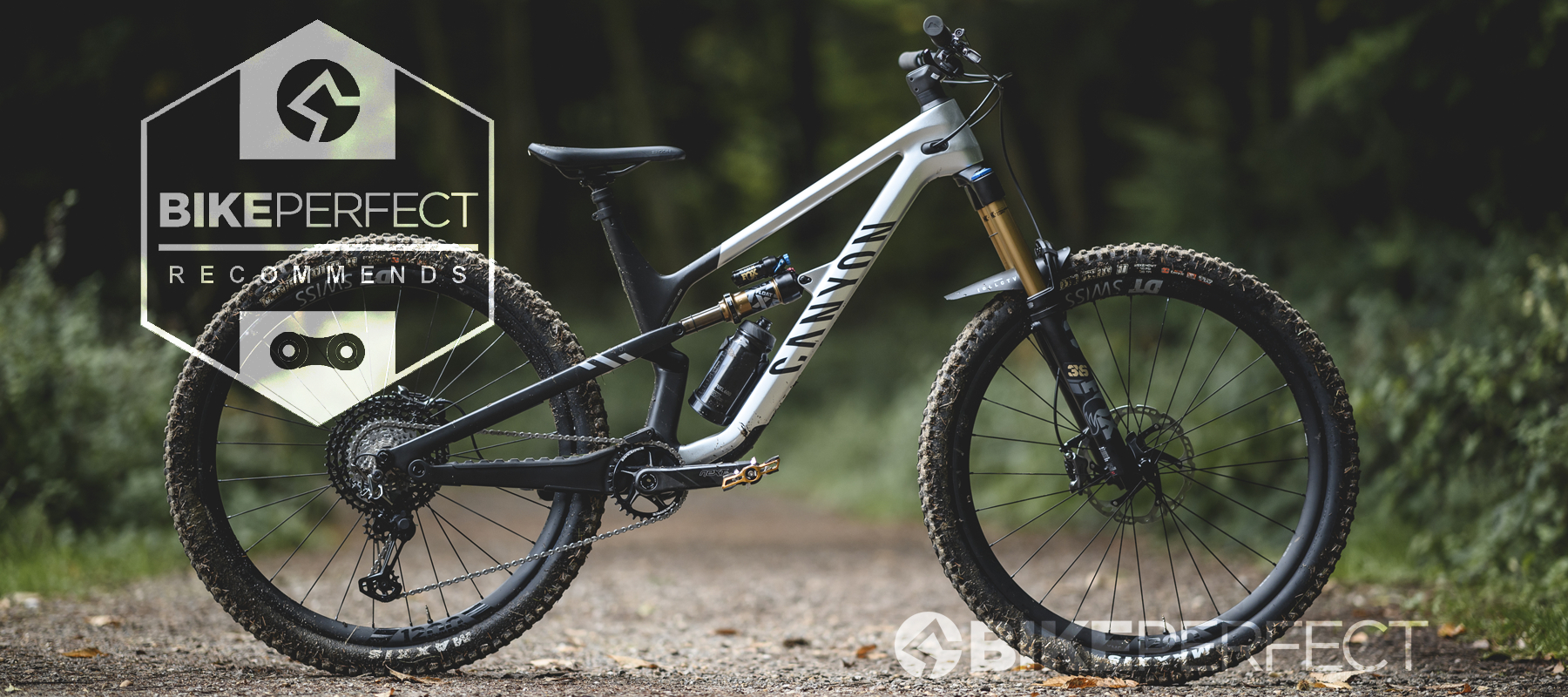Bike Perfect Verdict
Significantly lighter, sharper-feeling frame with already sorted trail-crushing geometry, suspension and excellent practical detailing makes the CFR an aggro all-rounder with sub-superbike pricing
Pros
- +
300g frame weight saving over standard Spectral CF
- +
Still seriously stiff and precise
- +
Premium light but stiff DT Swiss carbon wheels to match
- +
Balanced, confident geometry
- +
Full Factory Fox suspension for outstanding damping
- +
XTR gears and upsized brakes
- +
Vast amounts of reinforced, wide tire traction
Cons
- -
Noticeable pedal bob in open
- -
Too much tire for really fast climbing
- -
No lighter shock and fork option
- -
One-piece cockpit fixed feel and GPS/lights compatibility
- -
Some brake imbalance and ‘hidden’ XT cassette
- -
No 27.5 or mullet CFR options
Why trust BikePerfect
Canyon’s Spectral CF was already one of the most impressively sorted aggro all-rounders we’ve reviewed. Now they’ve added a complimentary family of alloy framed Spectrals as well as expanding the carbon range in terms of wheel size options and the new, Canyon Factory Racing (CFR) version we’ve been lucky enough to thrash for the past couple of weeks.
The CFR version drops some serious frame weight of an already light, yet capable package and adds some fancy carbon layup. The result is a noticeable improvement over a bike that was already one of the best trail bikes around.
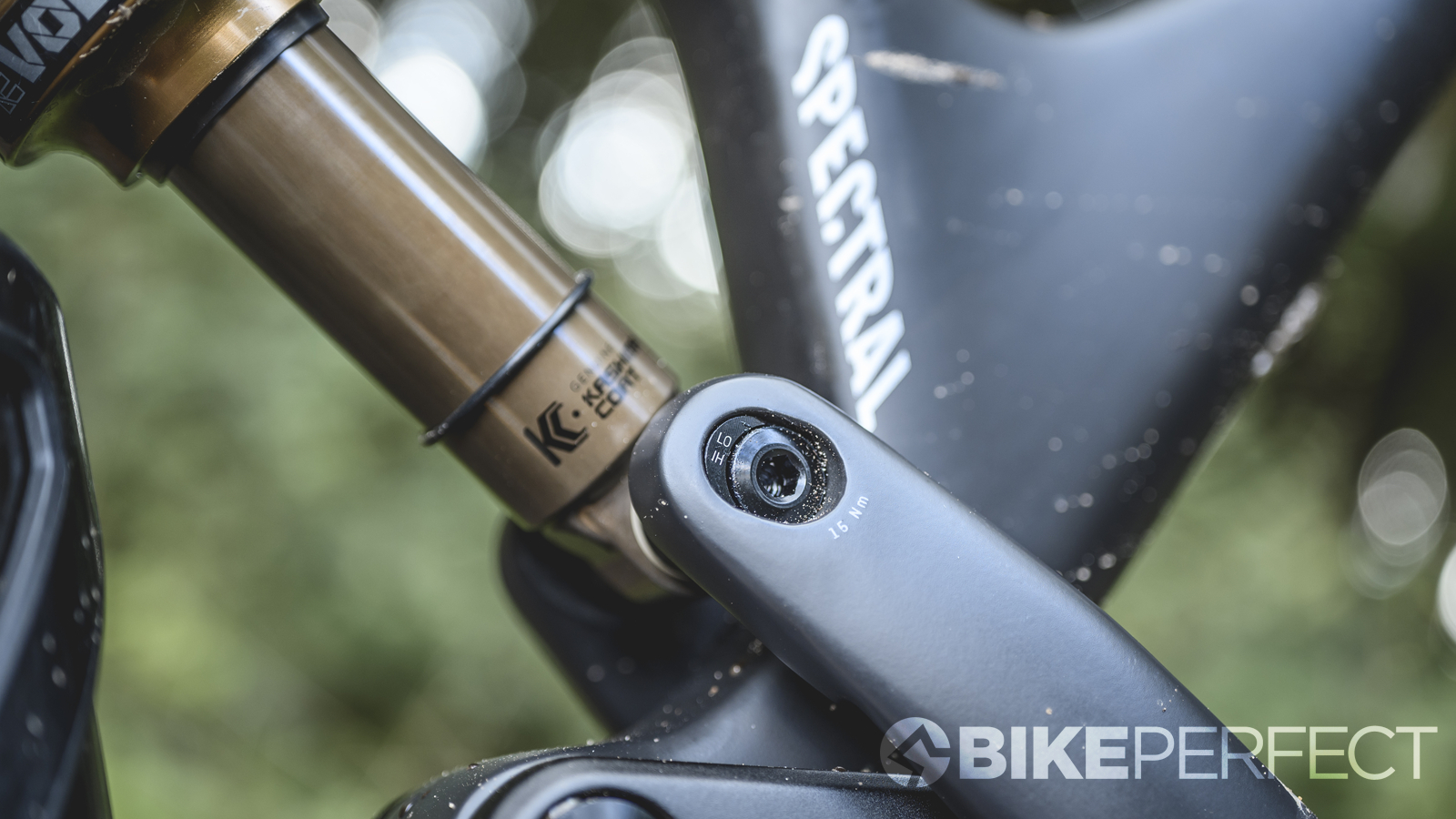
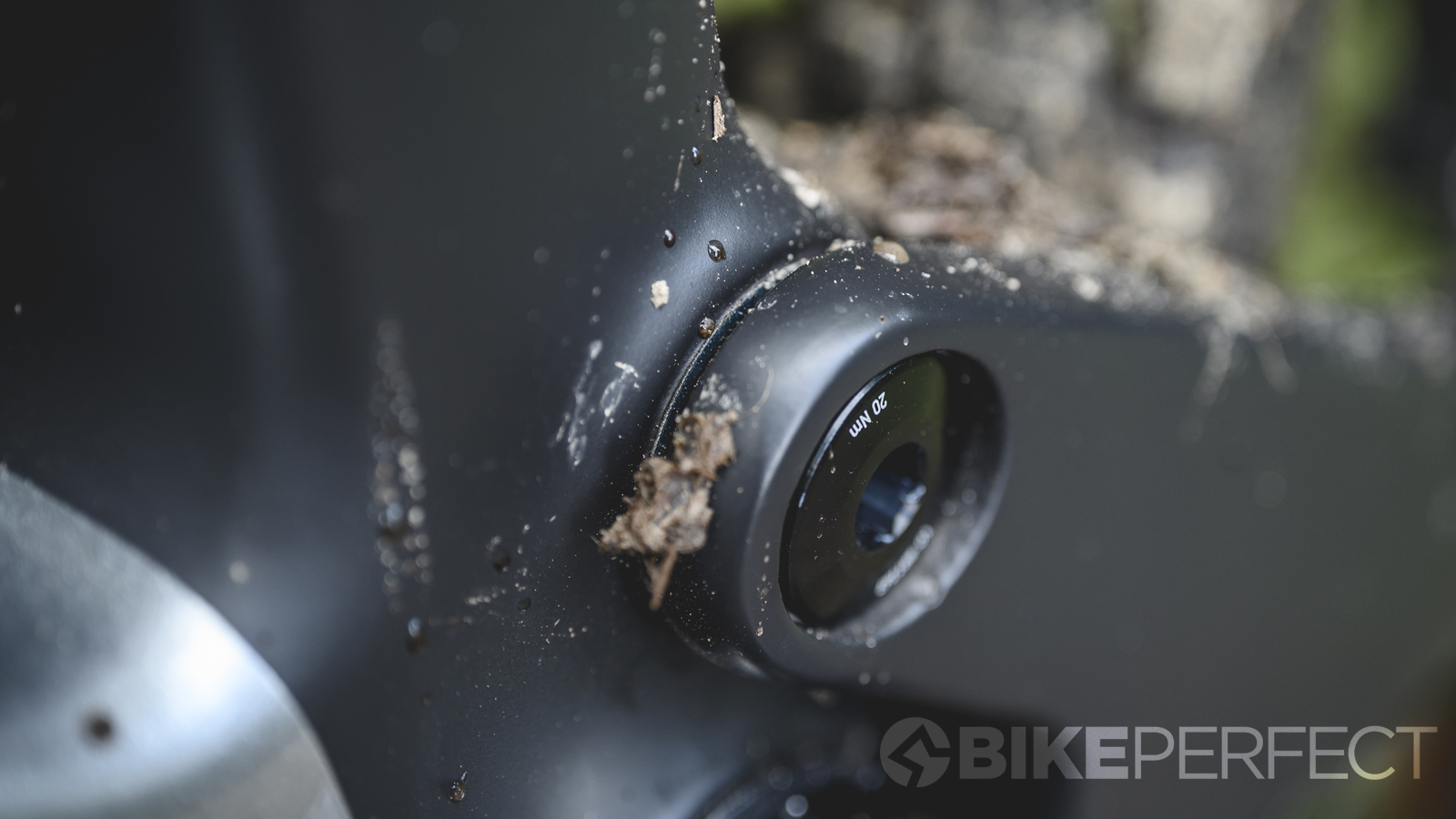
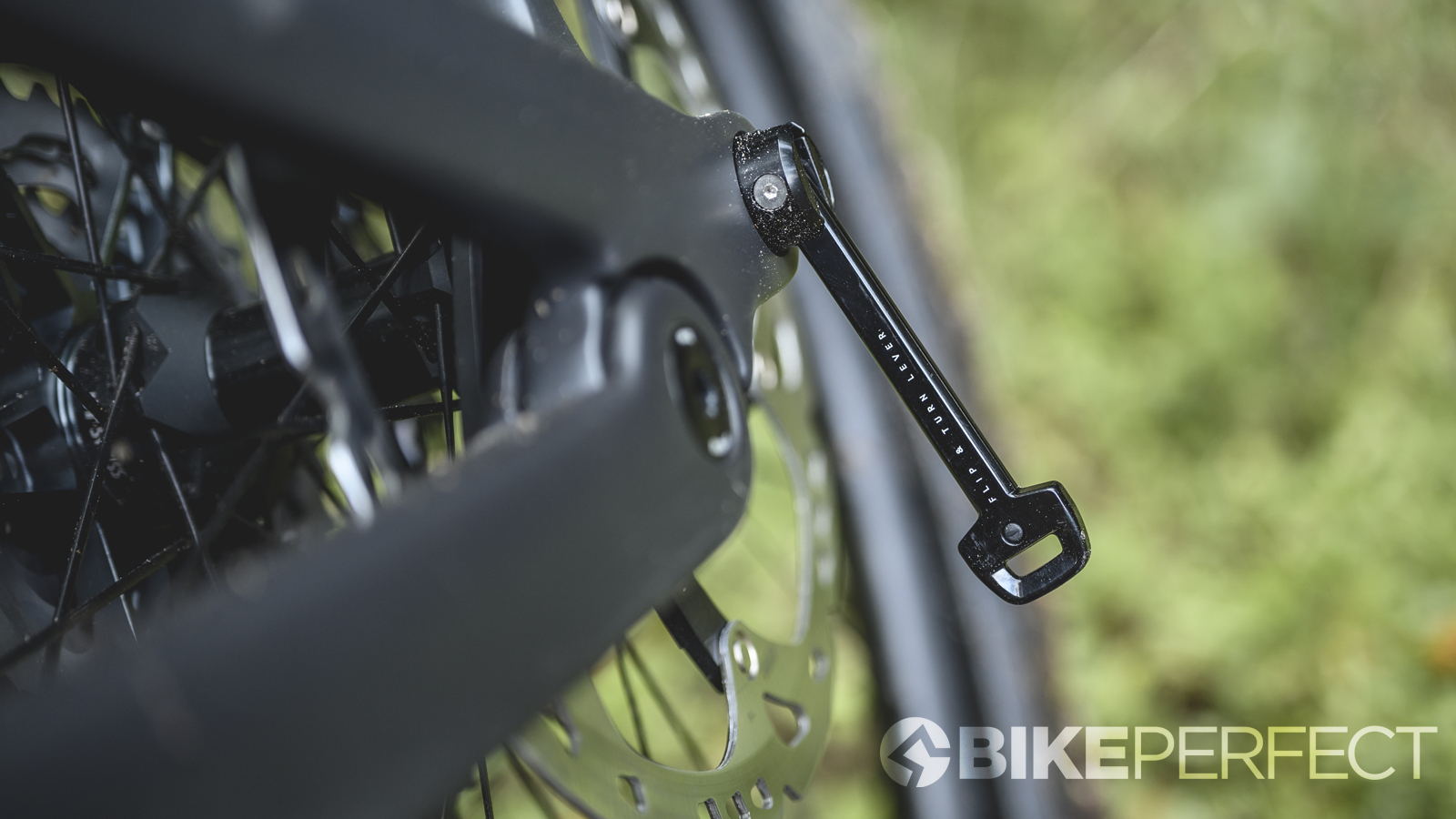
Design and aesthetics
If you think the new CFR looks a lot like the Canyon Spectral 29 CF8 we’ve already reviewed then you’re right. The CFR shares the same geometry: 64-degrees or 64.5-degrees head and 76-degree or 76.5-degree effective seat angles and 335 or 343mm bottom bracket height depending on how you set the flip-chip in the shock mount.
The super deep, rubber-armored 437mm chainstays with ample space for a 2.4in tire and rear pivots just ahead of the dropout are the same design. You still have the cunning Quixle rear axle with pop-out lever plus an optional mount on the threaded bottom bracket for a full chain device, fully sleeved internal cable/hose routing, offside accessible pivot hardware with replaceable inserts for easy servicing and durability.
Double sealed bearings with specifically developed grease are designed to keep servicing intervals as long as possible in the first place though. The squared mainframe tubes including the low top tube with underside bolted bag/accessory mount and oversized kinked seat tube look the same externally, too, and you can still just about sneak a 600ml bottle under the shock. The difference is that Canyon has laid them up with its top-spec carbon fiber (it doesn’t have a specific name or number) to save an average (it depends on size) of more than 300g over the standard CF frames while hitting the same stiffness and category 4 (Enduro) strength ratings. That’s a serious amount of weight saved too, considering the existing 2600g Spectral CF frame was already one of the lightest in its category. As all Spectral’s are laid up differently according to size and likely load, the small frames are going to be even lighter than that which would make them a Downcountry bike on most brand rosters.
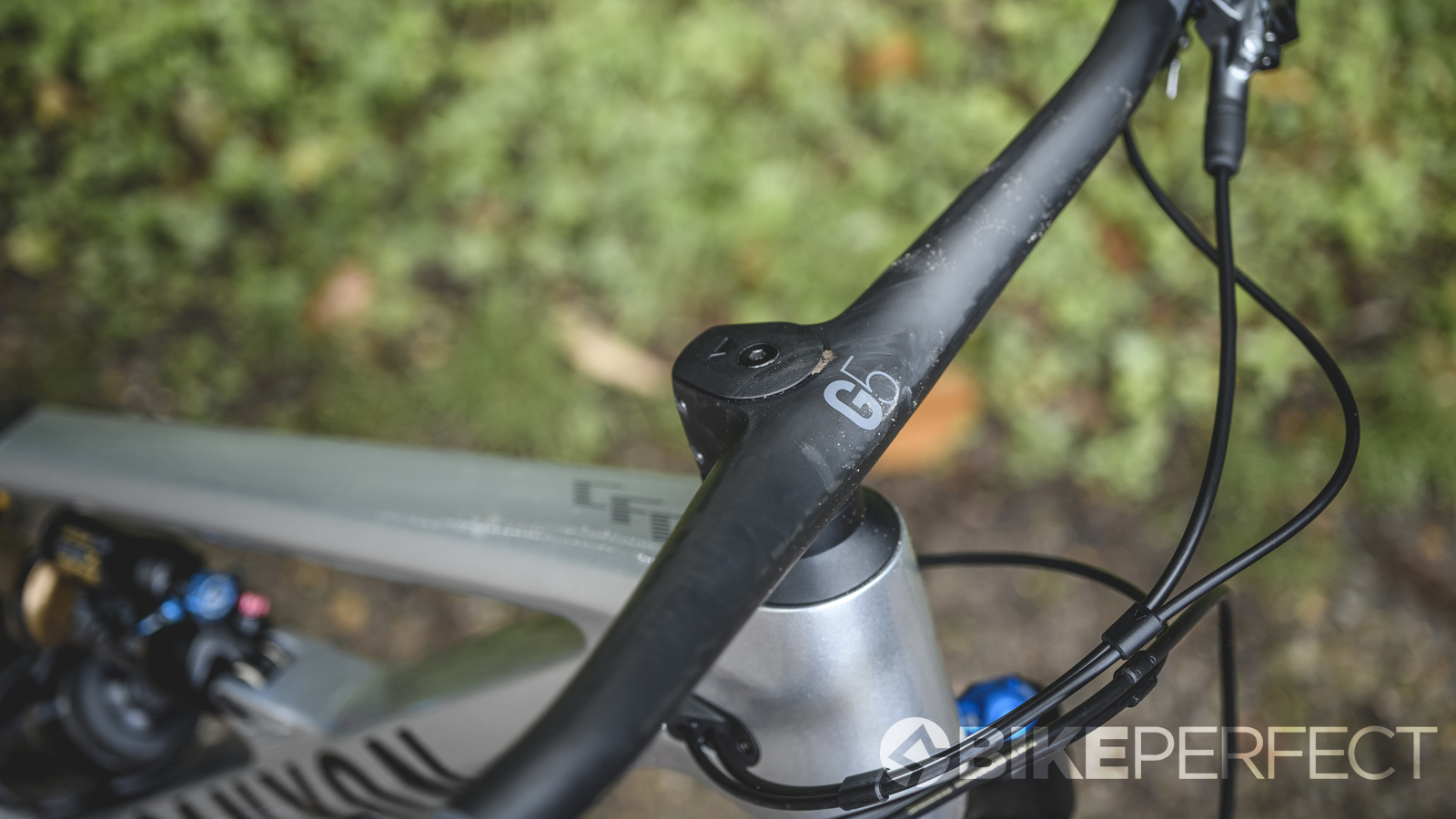
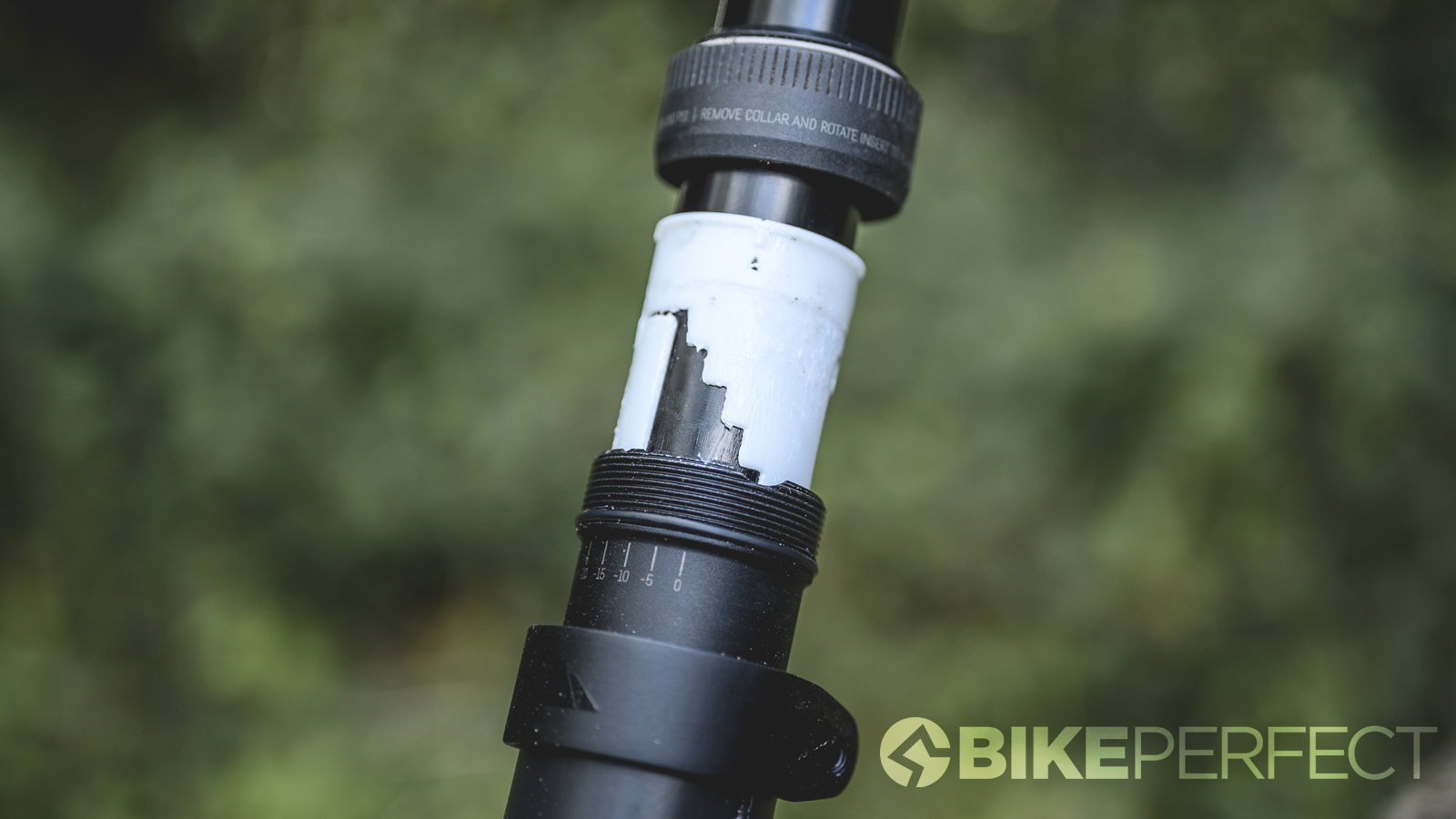
Components and build
Canyon certainly hasn’t skimped on the components either. Fox 36 160mm travel fork and Float X rear shock giving 150mm travel are both Kashima anodized Factory spec and you get an almost full set of Shimano XTR stop and go gear with 203mm rotors, with the exception of the cranks which are super light Race Face Next SL carbon units. The controls sit on Canyon’s own CF009 integrated carbon cockpit and the Canyon seat post uses the same design as our favorite PNW Rainier post to allow 25mm of stroke adjustment. The wheels are DT Swiss’s top line XMC1200 carbon rimmed all-mountain set and you get Maxxis Minion DHR MaxxTerra Widetrail 2.4in tires front and rear with a tougher EXO+ casing on the rear on production bikes (our sample came with EXO+ both ends). The result is a bike that comes in at just under 13.5kg in the size large we tested.
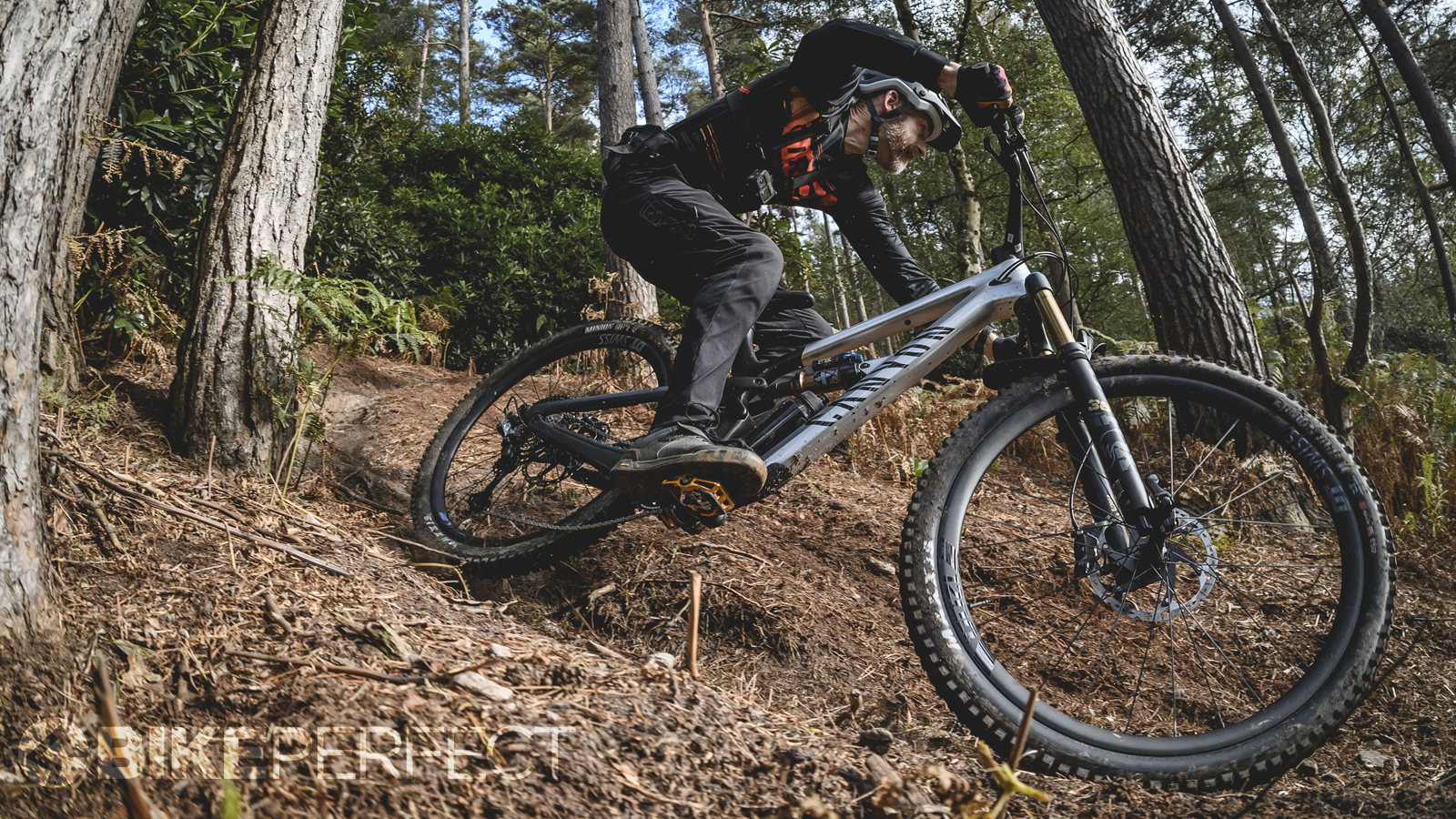
Performance
While that’s definitely at the lower end of the trail bike weight spectrum, that definitely doesn’t mean the CFR feels at all flimsy and flighty. In fact, first impressions are totally the opposite thanks to the chunky Maxxis tires and a ‘triple phase’ suspension setup that promotes easy sag and solid damping. After finding the all-in-one bars on the Canyon Spectral:ON CF 8 an awkward shape, we were delighted to hear that Canyon head engineer Leo had changed them to give a more rolled back feel that exactly matched the G5 780mm bar and 40mm stem of the more affordable bikes. Obviously, the bar angle is still fixed which won’t suit everyone and the angular shaping needs a strap-type light mount to work with it but within a couple of runs, we’d stopped being weirded out by it and accepted the shape worked just fine.
It’s not just the bar that strikes an excellent balance of precision and forgiveness either. The mainframe of the CFR might be significantly lighter, but the higher grade fiber actually seems to give it a cleaner, crisper feel than the standard CF which has a noticeably damped vibe. Add the 36mm stanchions and very precisely controlled damping of the fully adjustable GRIP2 cartridge in the fork, plus the stiff deep-section DT Swiss carbon rims and you’ve can launch a laser-guided attack on the trail. Meanwhile, despite the oversized stays the rear end has been deliberately laid up with a bit more compliance to keep the rear tire glued onto the ground through turns, under braking or when clawing up janky stutter climbs. The Extra Volume Float X shock also has a piggyback damper for increased ragged edge/extended descent control. The DHR tires have huge inline braking/driving traction and can hold big Gs through their side knobs especially in the stiffer side walled EXO+ format which happily held shape at teen pressures on the 30mm internal DT Swiss rims. Add the low center of gravity and slack 64-degree head angle and this all creates a bike that brings a huge amount of confidence to your trail game. Going in hotter than I normally would on unknown trails at the Surrey Hills launch, the CFR soon made it clear it would hold hard and fast high lines, hovercraft through braking bumps and mop up the mess from under gassed gap jumps. Back home it dropped rooty verts into catch berms on night time DH runs like a fat kid bombing a pool party and never felt nervous or unbalanced however hard I turned or late we hauled on the big 203mm rotors. Even when I brought the wrong shoes for my pedals and ended up riding flats in SPD shoes down techy, edge of my skill level trails the CFR never bucked me off, bit my shins or threw me on my face. Staying calm and composed even when I was getting out of shape and riding on my heels like Charlie Chaplin (Google him kids).
While the CFR doesn’t come in a mullet or double 27.5-inch versions like the other CF bikes and new alloy bikes now do, the short back end means it can still flare the back end with just a hint of Shakira weight shift or Finnish flick of the integrated bars. That’s particularly useful as the DHR does tend to sledge on the front more than the DHF it’s typically paired with so being able to shift the drift to the fun wheel, not the front one was a real help as conditions got slippery.
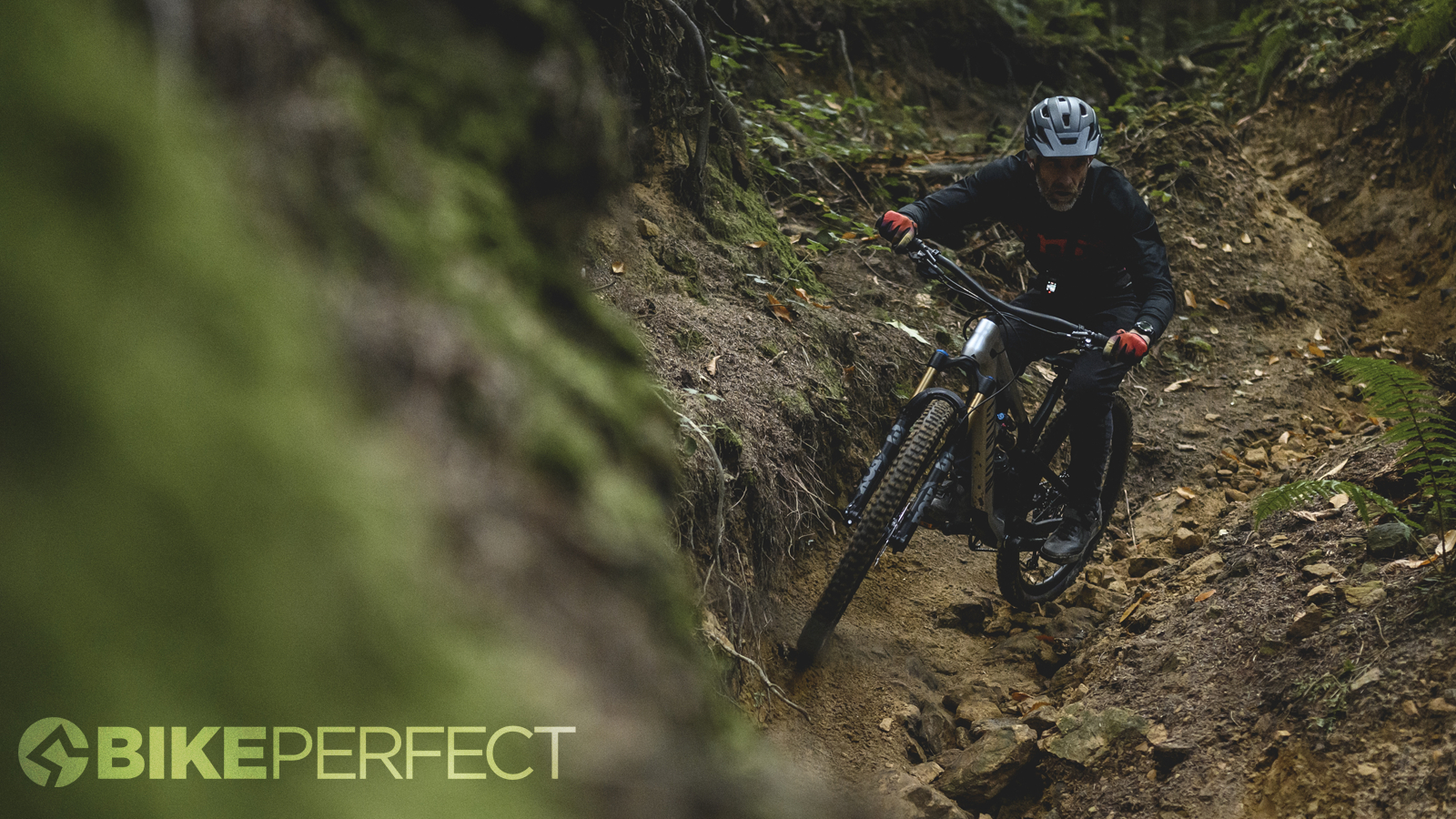
So up to this point, there’s been nothing but adulation for the new CFR. If you’re mostly about the descent (Canyon pitch the Spectral as 60 per cent down / 40 per cent up or along) then the only other thing you need to know is that the default shock setting needs a relatively high 30-35-per cent sag setup to get full travel this side of suicide. Alternatively, you can use a smaller volume spacer for a more linear feel which is what we’ve moved to.
If you’ve been attracted to the CFR by the lure of that seriously lightweight frame though you’re probably be going to be interested in how well this bike goes up and that’s more complicated. In terms of simple physics a lighter frame with light (XMC’s tip the scales at under 1,600g), stiff wheels climbs and accelerates more easily. It certainly leaped forwards to close any gaps to the coil shock mullet Spectrals I was chasing at the launch when the trail flattened out and gave me the chance to get extra descents in knowing I could close back up on the climbs.
The huge rear chainstays and seriously stiff mainframe and impressively taut Race Face cranks are totally on side in getting your watts to a chunky rear tire with a constant ground connection that lets you laugh at most technical climbs, too.
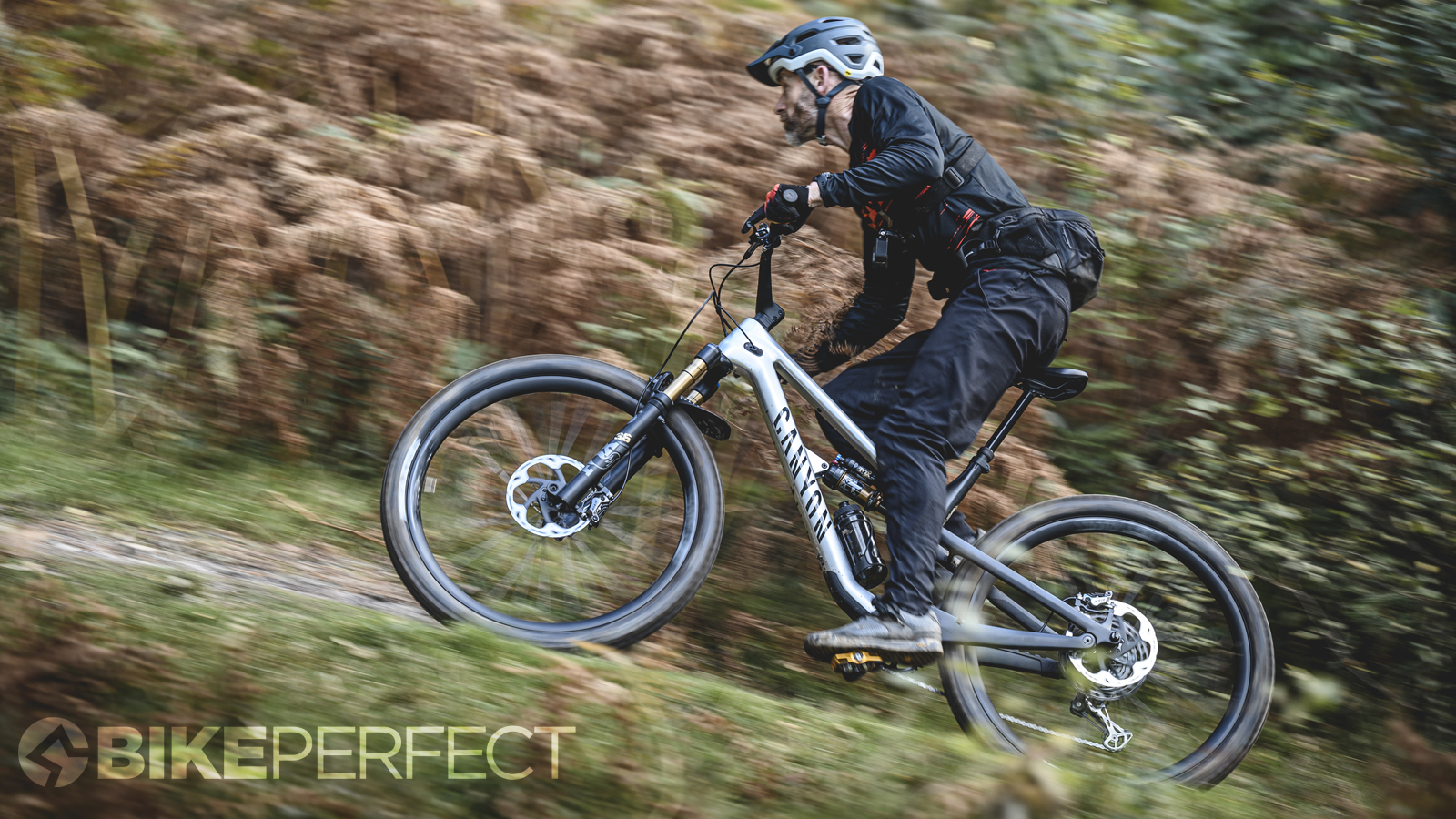
As much as we loved them on descents we cursed those DHR tires for their drag on climbs though and the CFR felt significantly more rapid with a Maxxis DHF / Dissector combo. There’s also a lot of visible pedal bob particularly if you’re running the shock soft enough to get full travel without changing spacers. That’s because the anti-squat figures fall off pretty dramatically as you go through the stroke. To be fair that’s a personal thing as the way the Spectral hunkers down over step-ups can be a real help on stepped climbs and if you spin rather than stomp it won’t be an issue.
As a more aggressive climber, I found myself flicking the ‘pedal’ low-speed compression lever of the Float X shock into the on position regularly. Not just for climbs but also fast singletrack to get a suspension feel that matched the crispness of the mainframe and really amped up the agility of the bike. While the 160/150mm travel and 36 / Float X dampers give ‘best in show’ chaos control I can’t help bemoaning the fact that the previous CF9 model with a 150mm Pike Ultimate fork and Deluxe Shock is no more. That’s because it was much lighter and better shaped for climbing (steeper head and seat angles and longer reach) than the CF8 that the CFR geometry is based on. While a 34 isn’t an option (it sensibly tops out at 140mm of travel now) an inline Float shock, Transfer SL post, lighter/faster tire spec Spectral CFR would be well below 13kg, really making the most of those frame weight savings and helping to close the very big gap in Canyon’s range between the Spectral and the Neuron.
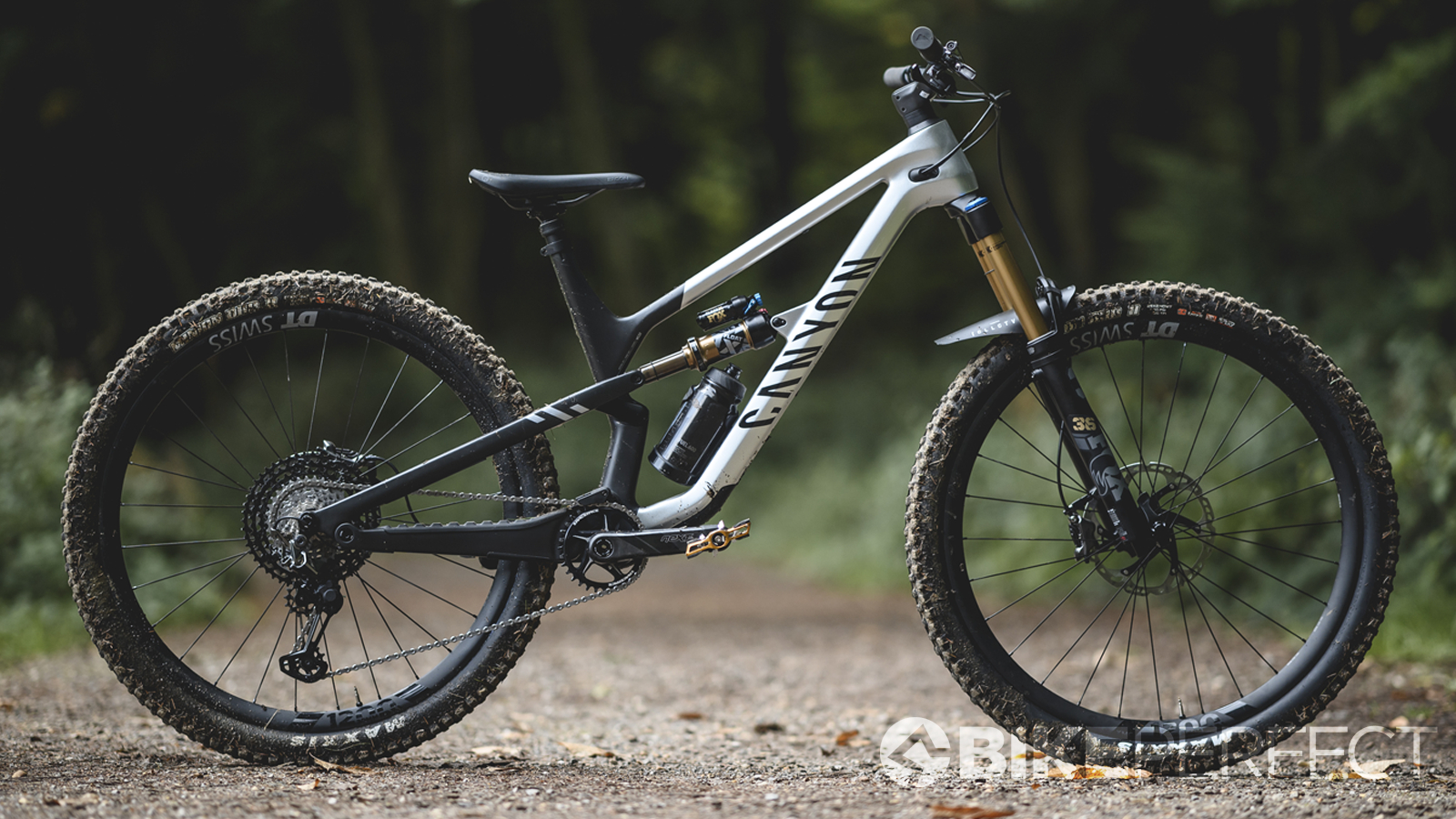
Verdict
According to Canyon, the CFR project was created by going to its design team and letting them “build the best bike in the toy shop” and they’ve done an awesome job. Despite being dramatically lighter with added pop and power-ups for climbs, the new frame actually feels stiffer and sharper than we remember the standard Spectral CF feeling. Super confident control is on point right from the reshaped all-in-one cockpit to the premium DT Swiss wheels shod in surefooted, reinforced Maxxis rubber, too. The result is the ultimate analog version (there’s an £8k option with full RockShox Flight Attendant suspension control) of what was already one of the ultimate trail bikes. Presuming you’re okay with a tiny bit of building at home then the price is exceptional for such a premium package, too.
At the risk of sounding ungrateful, we can’t help feeling that they’ve buried the full potential of the CFR frame in too much tire and a lighter, tighter shock would make a brilliant bike shine even brighter.
Test conditions
- Temperature: 8-18 degrees
- Surface: Surrey Hills tech, rocky Yorkshire trail centers, moonlit moorland singletrack and old school DH laps
Tech Specs: Canyon Spectral CFR
- Price: $7,499.00 / £6,499
- Model: Canyon Spectral CFR
- Discipline: Trail / Enduro
- Head angle: 64- or 64.5-degrees
- Frame material: CFR carbon fibre
- Size: Large
- Weight: 13.49kg
- Wheel size: 29 x 2.4in
- Suspension: Fox 36 Factory Grip2 160mm travel, 44mm offset / Fox Float X Factory 150mm travel
- Drivetrain: Shimano XTR shifters and mech with Shimano XT 10-51T 12-speed cassette
- Cranks: Race Face Next SL 32T chainset
- Brakes: Shimano XTR brakes with 200mm rotors
- Cockpit: Canyon CP009 780mm x 40mm one-piece carbon cockpit
- Wheelset: DT Swiss XMC1200 30 wheels
- Tires: Maxxis Minion DHR 2.4 WT MaxxTerra EXO+ tires
- Seatpost: Canyon G5 Adjustable Dropper Post
- Saddle: Ergon SM10 Enduro Comp saddle

Guy Kesteven has been working on Bike Perfect since its launch in 2019. He started writing and testing for bike mags in 1996. Since then he’s written several million words about several thousand test bikes and a ridiculous amount of riding gear. He’s also penned a handful of bike-related books and he reviews MTBs over on YouTube.
Current rides: Cervelo ZFS-5, Specialized Chisel, custom Nicolai enduro tandem, Landescape/Swallow custom gravel tandem
Height: 180cm
Weight: 69kg
